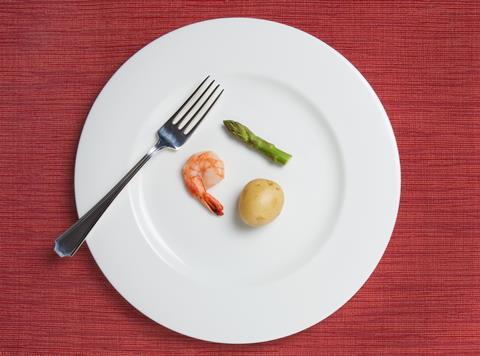
Shrinkflation first hit the headlines back in 2016, when Toblerone tried to mess with the iconic shape of its bar. It increased the spaces between the much-loved peaks so much that disgruntled consumers complained the bar looked “more like Holland than the Swiss Alps”.
Such was the outrage that brand owner Mondelez made a (not so) hasty retreat, restoring the original shape in 2018 in a bigger, more expensive bar.
Now shrinkflation is in the news again. In the face of the cost of living crisis, the tactic has become so pervasive it’s an issue of national debate. There’s hardly an fmcg category that is untouched. How much damage shrinkflation is doing to consumer trust and loyalty is anyone’s guess, but there’s little doubt it is having an impact.
Given we all know how it worked out for Toblerone, its astonishing brands are still denying it is happening, when consumers are spotting the changes.
But brands can’t get away with this for much longer. The regulators are beginning to take an interest in whether these tactics are abusive. Last year’s CMA report highlighted that branded grocery suppliers “pushed up prices more than cost increases” and giants such as Kraft and Unilever faced uncomfortable questions from MPs on the Environment, Food & Rural Affairs Committee who suggested they indulged in “greedflation”.
Meanwhile, in France, Carrefour recently took the extreme step of flagging products that had shrunk with shelving signs. Brands are already losing out to cheaper options – why give the retailers more ammunition to drive customers to their own-label products?
Alternatives to shrinkflation
As manufacturing costs have risen, shrinking product sizes may seem an obvious route for brands to take. But there are better ways for brands to maintain margins without destroying consumer value and risking reputational damage.
That comes down to consumer insight. Brands need to explore how consumers perceive that price relates to size and volume, but also to other values such as quality, convenience, usefulness, taste, enjoyment, context and experience. Consumers are happy to pay more for products when there is a compelling benefit to them.
Brands also need to remember price isn’t the only element of the marketing mix they can adjust. The 4Ps are ‘Marketing 101’ – there are many other creative ways brands can deliver a good deal for consumers whilst also covering increasing costs. Brands that can create elevated experiences across the 4Ps will enjoy greater margins and less dissatisfaction.
And finally, brands need to tackle the cost of living crisis head on with consumers, rather than trying to get away with less for more. Brands need to take the risk of being transparent – and authentic – with consumers about the increasing costs of manufacturing and the decisions they face, in the context of our increasingly complex and challenging world. Being open creates trust and can build brand equity too.
Overall, brands have more to lose than to gain by employing the tactics of shrinkflation and, worse, greedflation, which will destroy trust with consumers. Once lost, trust is hard to win back. I believe offering real value through creativity and transparency is the only long-term, sustainable way to go.







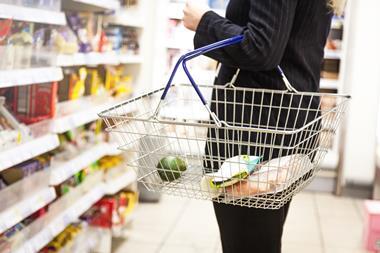
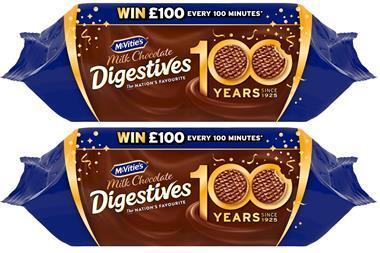
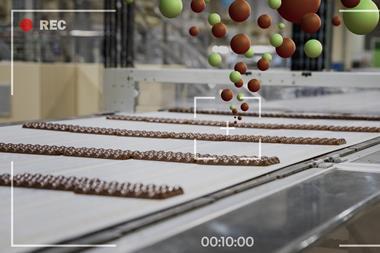
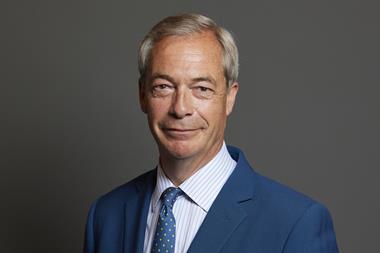

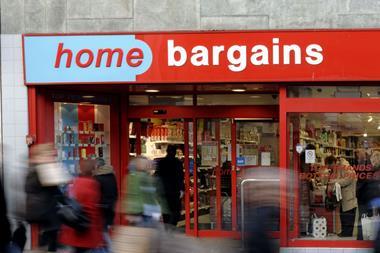
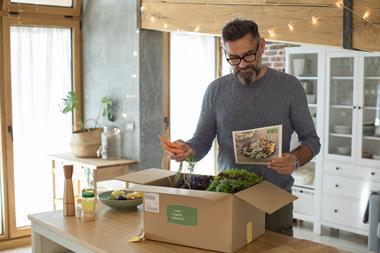
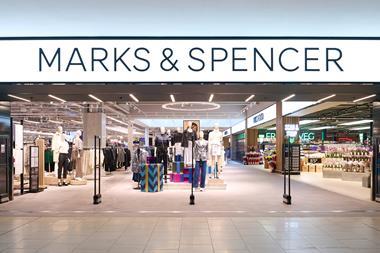

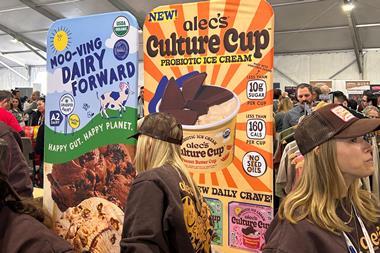
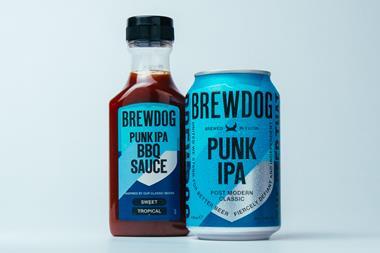

No comments yet